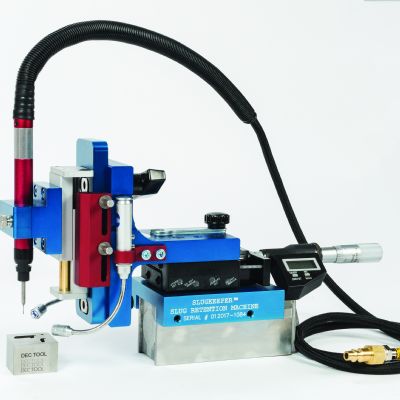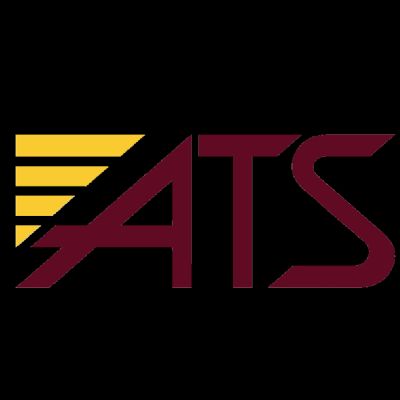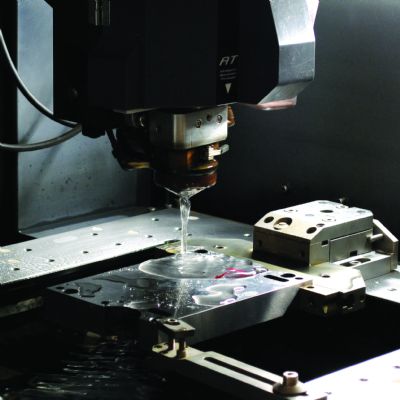Pressing Questions...and Answers
November 1, 2009Comments
Q : I am a raw material supplier (brass) and we currently supply coils to a stamping company having difficulty drawing parts from our material. Our control charts for tensile, yield, elongation and grain size all indicate our process is stable and in control, yet our customer continues to have difficulties. To give you an idea of the size of this part, it is the bottom of a light bulb.
Our customer describes the problem as: “Splitting appears at the beginning of each coil and again when we are close to the center of each coil… We have been able to run the material by refurbishing the tool and roughening up (sandblasting) the die and strippers to hold the material during drawing. This roughening process has to be done on a daily basis, with considerable downtime. The latest lot of material received does not appear to be performing any better.”
I understand that the first reaction is to question the raw-material supplier, but is there something within the stamping process that may be contributing to the problem that we may be overlooking?
A: Blaming the material supplier sounds quite rational to me. After all, finding a good scapegoat consumes far less time than conducting root cause analysis!
But seriously, a couple of things your customer describes have my attention.
First, its comment regarding the forming problems being present at the beginning and middle of the coil suggests a thermal issue may be contributing to the problem. Depending how long it takes to change a coil during production, the die temperature may be changing (decreasing) which in turn changes the clearances between the draw post and die ring. Once the initial adjustments are made at coil change to eliminate the start-up problems, the press is turned back on and the die begins to heats up again, which in turn reduces the drawing clearances and restricts material flow. This is particularly true when failures occur near the end of the drawing process in an area where material is in compression and thickening.
Another possibility is that the force being applied by the draw pad may be too low. A common corrective response to part breakage is to reduce the draw-pad pressure to allow material to “flow better.” This can be the wrong approach, especially when there is insufficient pad pressure to begin with. When draw-pad pressures are too low, wrinkles and buckles form in the sheetmetal surface as it flows toward the die cavity. Since there is not adequate clearance between the punch and die to accommodate these wrinkles, material flow is impeded and excessive stretching and tearing can occur. If draw-pad pressure is reduced as a solution to the splitting problem, the situation worsens.
In this particular case, the correct solution is to increase draw-pad pressure to retard material flow and prevent wrinkle and buckle formations in the sheet. Draw-pad pressure requirements should be calculated and then confirmed in the tooling before trying any other solutions. Simple formulas are readily available in die-engineering handbooks to get you close. For more precise results, computer metalforming simulations should be employed.









